The amount of energy released in this ‘mega-earthquake’ is estimated at 1,023 joules.




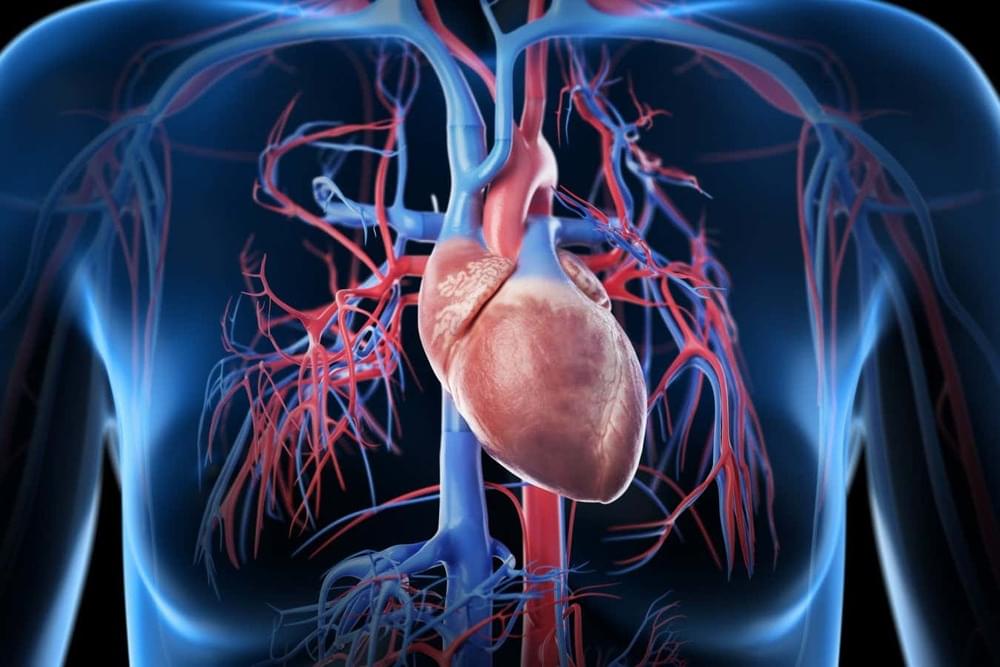
Research suggests inflammation may be just as important as cholesterol as a cause of heart attacks, suggesting different treatments should be considered for prevention.
Analysis By Clare Wilson

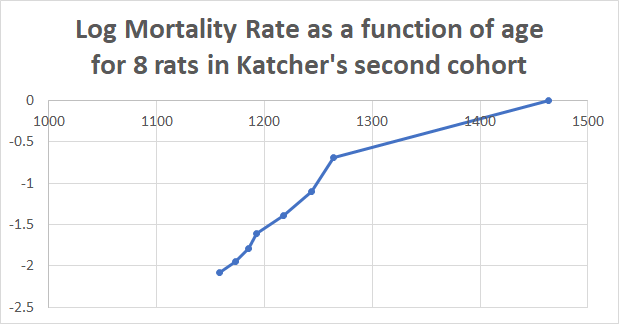
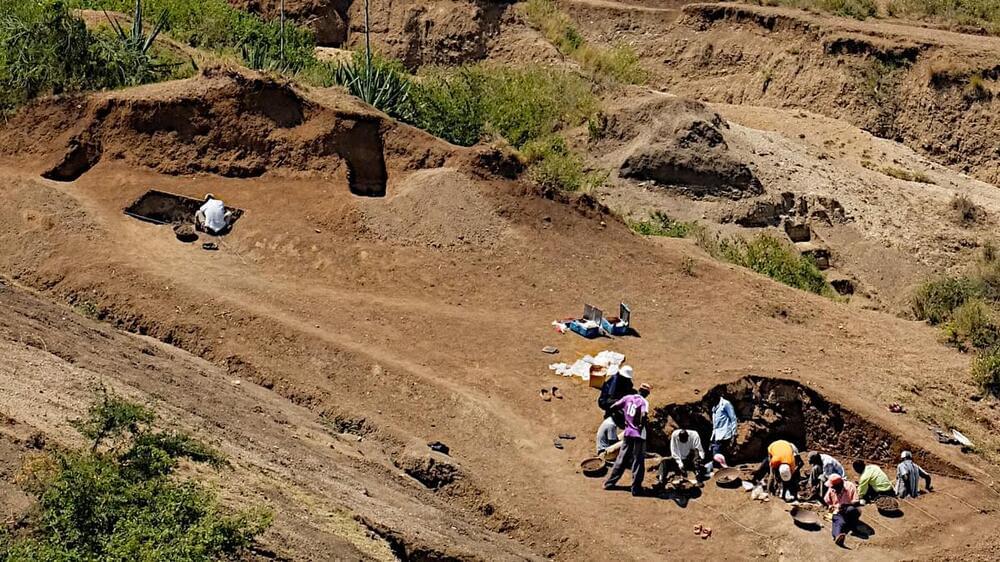

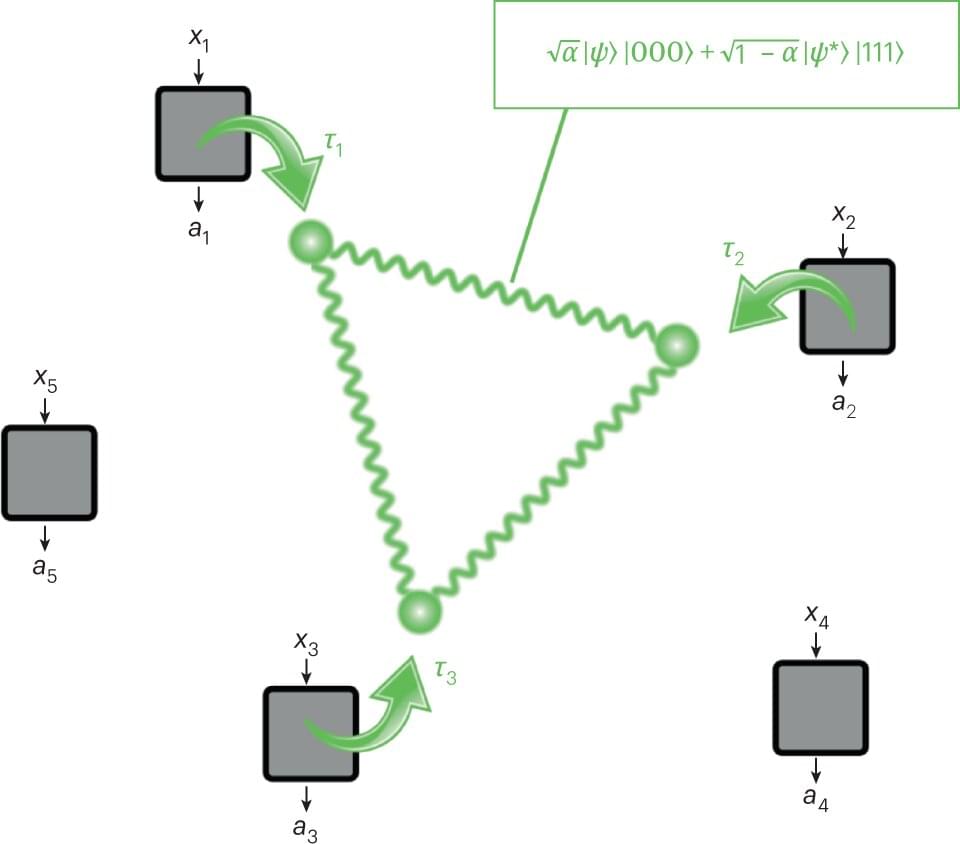
Self-testing is a promising method to infer the physics underlying specific quantum experiments using only collected measurements. While this method can be used to examine bipartite pure entangled states, so far it could only be applied to limited kinds of quantum states involving an arbitrary number of systems.
Researchers at Sorbonne University, ICFO-Institute of Photonic Sciences and Quantinuum recently introduced a framework for the quantum network-assisted self-testing of all pure entangled states of an arbitrary number of systems. Their paper, published in Nature Physics, could inform future research efforts aimed at certifying quantum phenomena.
“I was a postdoctoral researcher in Barcelona in 2014 in the group of Antonio Acín when the first author, Ivan Šupić and I began working on self-testing quantum states together,” Matty Hoban, one of the researchers who carried out the study, told Phys.org. “That is, certifying that you have systems in particular quantum states without trusting the devices and treating them as black boxes (called the device-independent setting). Part of this work involved exploring different kinds of scenarios of trust.”
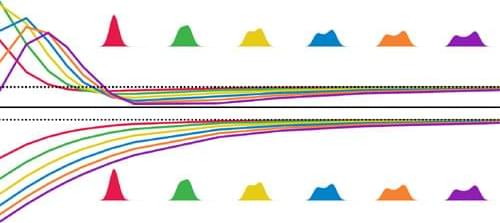
A venerable strategy for approximating a system’s ground states has now been extended to accommodate its excited states.
Density-functional theory (DFT) owes its name and utility to its central insight: that a potential’s influence on a system of interacting electrons can be expressed in terms of the electrons’ density. Existing models restrict DFT to ground states and exclude excited states. But now Tim Gould of Griffith University, Australia, and his collaborators have found a way to overcome the restriction [1].
At the heart of DFT are exchange-correlation models, which simplify the treatment of electrons’ behavior by using certain limiting cases. This simplification allows DFT to simulate ground states of large electronic systems. A generalization of the theory, called ensemble DFT, can cope with excited states, but this theory’s more complex exchange-correlation models make large systems computationally intractable. Gould and his collaborators discovered that when the electron density is sufficiently low, these complications vanish and the models for dealing with excited states revert to being as simple as those used for regular DFT. Then, regular DFT suffices. At the other extreme—when electron density is high—complications are simplified to the point that exact solutions can be obtained.